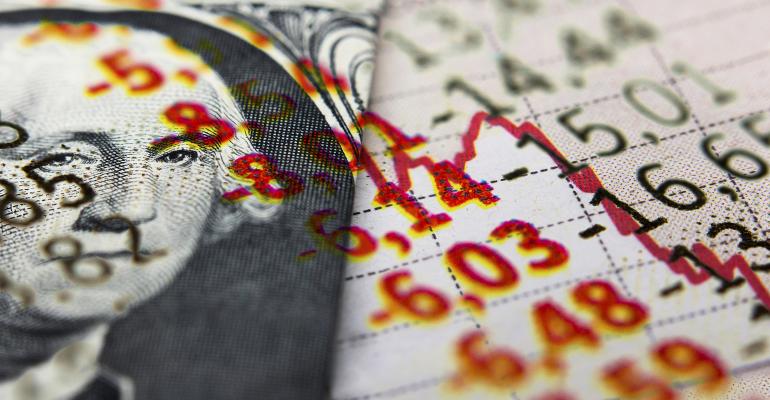In March, U.S. equity markets experienced their sharpest drop-off since the Great Depression. Then the markets turned back up and soared to historic heights. Sharp declines and big rebounds are not unusual, but the pace of the decline and recovery were unprecedented.
Bull and bear markets are a function of liquidity over time. The contraction and expansion of credit, of liquidity, ultimately drives economies and markets. In a battle between the economy and liquidity, liquidity wins.
The U.S. Federal Reserve and other central banks put in enormous liquidity to bridge the global economic weakness, which is supporting the markets. How fast the markets reacted to fiscal and monetary stimulus, and the amount of exceptional liquidity put into the system, really was – we have been using this word a lot – unprecedented.
The markets’ sharp March decline was largely caused by an institutional sell-off. More than $500 billion of primarily quant-orientated funds – commodity trading adviser (CTA) strategies, volatility funds, risk parity funds – were overleveraged and, not surprisingly, pulling out that $500 billion caused the rapid decline. About $200 billion of that has been put back into the market.
There also has been a re-emergence of investors on the retail side over the last several months, which has led to excesses in certain parts of the markets, technology stocks in particular.
Yet “liquidity” can be both concrete and vague, often defined and employed in different ways.
The first dimension of liquidity is the amount of money available for the primary market: access to capital. Private equity has a minimum of $2.5 trillion in available credit to put into different types of investments, including special purpose acquisition companies (SPACs), which are very popular. Primary and secondary offerings are happening; companies can raise money.
Tesla, for example, which has become a darling of momentum investors, just raised $5 billion at almost all-time highs. Access to the primary markets is a vital dimension of liquidity.
The second is the monetary support supplied by the Fed and other central banks that goes into the real economy, or often leaks into financial assets. Year over year, money supply increased more than 40%, with M1 and M2 up more than 20%. The Fed's balance sheet has grown from $4.15 trillion to $7.15 trillion. A lot of that was injected into the economy, to great effect.
The third type of liquidity is the orderly functioning of secondary markets, ensuring capital moving and getting around the system. The Fed created special-purpose vehicles to make sure that it is. Corporate or credit spreads have always been excellent indicators for equities, and they have contracted. Trading liquidity in the fixed income and equity markets has been rather good.
While an enormous amount of positive liquidity is flowing, next year and beyond, the liquidity in the system can be expected to flatten out or decrease. The extra juice the Fed pumped into the system to enhance market liquidity will wane. The real economy, Main Street, must offset that, but it may take two or three years for it to fully recover from the COVID-19 pandemic.
There is a disconnect between what the economy and stock markets are saying. The markets are discounting future improvement in the economy. As a result, we see limited market upside, 5%-8%, with 5%-8% downside possible as well.
Even with ongoing corrections, with any kind of reasonable perspective, investors can still buy equities opportunistically in this environment. Our concern is not with the short term, the next six to 12 months, but the medium-term, the next two to three years. The increased debt overhang and potential tightening of liquidity could very possibly lead to a period of sub-par equity returns.
We do not know what the future will bring to the equity markets. No one does. But we worry about what will happen as the extraordinary liquidity supporting the system starts to be withdrawn.





